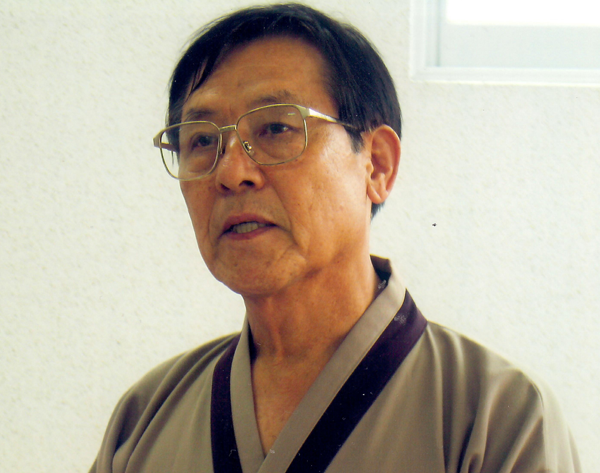

A new way to experience light.
Founded under the creative direction of Alessandro Mendini, RAMUN is a lighting brand that presents timeless masterpieces. The brand was born from a conversation between Alessandro Mendini and his grandson, centered on their shared passion for light. The RAMUN lamps were originally created by the Italian design maestro for his own family, particularly his beloved grandson, as a wish for good luck and eye health. Alessandro Mendini supervised the entire process of creating the lamp, resulting in a timeless masterpiece.

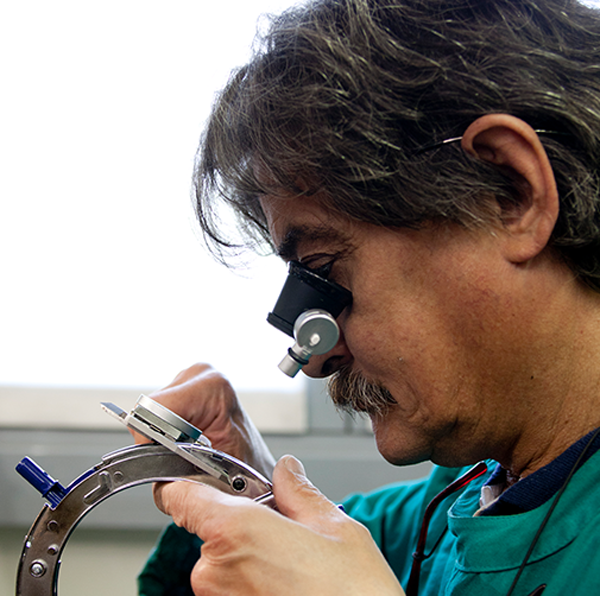
RAMUN has combined the inspirations and technical skills of craftsmen, making the impossible possible in every aspect of its product. The Articulation Mechanism of the Amuleto lamp embodies RAMUN's pioneering articulation technology, a unique and patented innovation that has brought to life a design previously thought impossible.
This mechanism requires advanced technology and many hours of meticulous work to achieve nanometer-level precision.
Since the structure would have to connect the base and support the top, it was possible to develop a ring-shaped design that is not only functional and has no outward wiring and spring, but at the same time amplifies the beauty of the lamp. Amuleto has an extraordinary ability to move, it moves with the simple touch of a child's fingers, and thanks to its light but durable structure, its design can be taken to a level of perfection.
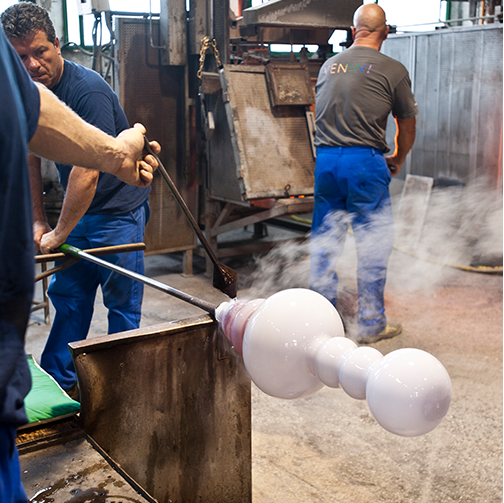
The opaque white glass known as lattimo was invented in Murano some time around the middle of the 15th century in an attempt to imitate porcelain, which was then beginning to enter Europe in significant quantities.
Opaline glass had its golden age in the 1930s, and gave its name to the Opalino collection created by Venini in 1930-35. It is made by encasing lattimo glass in one or more thin layers of transparent or colored glass to obtain an intensely vivid and colorful effect. Opaline glass in more subdued colors is often enhanced by inclusions of gold and silver leaves to create an attractive metallic sheen.



The Beginning
Venini was founded in 1921 in Murano by Paolo Venini, a Milanese lawyer with a great passion for the art of blown glass.
Intuition
The matching of the centuries-old craftsmanship of the best Murano Master Glassblowers with the innovative creativity of international artists. This fortunate encounter soon bore fruit and is still the reason behind the success of Venini with enthusiasts around the world.
Style, Creativity, Artistic Tradition, Passion
These have always been the hallmarks of each creation conceived in the Venini furnace of Murano, True artworks in blown glass, they are the perfect synthesis of centuries-old art contemporary design.
Starting from 1921, more than 50 artists of international stature have brought their vision to Venini. Since the beginning, collaborations have been established with talents such as Tomaso Buzzi, Carlo Scarpa. Gio Ponti,. Fulvio Bianconi, Tapio Wirkkala, James Carpenter, Toots Zynsky, Rodolfo Dordoni, Ettore Sottsass, Alessandro Mendini, Gae Aulenti, Barber Osgerby and Fratelli Campana - people who have, by their contributions, solidified the prestige of Venini in the universe of modern art. These artists have given birth to collections that have been hosted in the most important museums in the world, from the MOMA and Museum of Arts and Design in New York to the Palazzo Ducale in Venice, The Cartier Foundation in Paris, and the Victoria and Albert Museum in London.
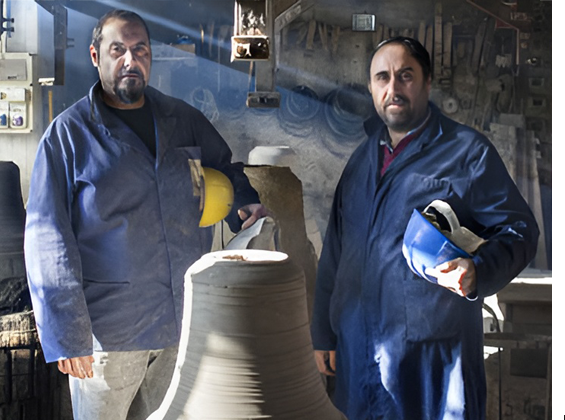
Marinelli has a history stretching back a thousand years: the first bell was in fact built around the year one thousand, and since then the foundry's work has been punctuated by a long series of successes and honours. The Pontificia Fonderia di campane Marinelli (Marinelli Bell Foundry) is the only foundry, among the dynasties of Agnone's numerous bell founders, that has survived for one thousand years to the present day, handing down this ancient art from father to son.
One of the most significant honours the foundry can boast dates back to 1924, when Pope Pius XI granted the Marinelli family the privilege of bearing the Papal Coat of Arms. The Marinelli Foundry, considered the oldest in the world, continues its production unchanged, with the same production techniques used in the Middle Ages and the same passion and expertise that have characterised their work for over 1000 years.

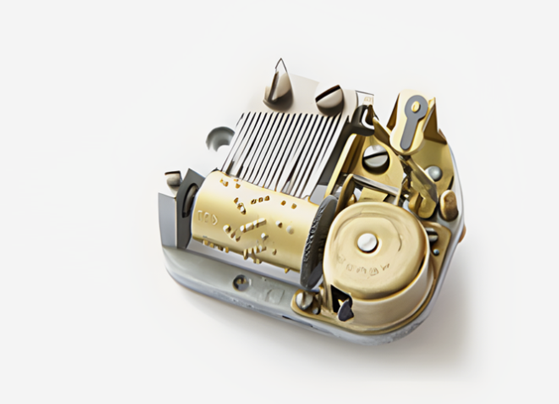
P.L.G., a professional music arranger for music boxes, was born in 1958 in Switzerland, where he completed his musical studies. He has extensive experience in arranging all kinds of music and has spent more than half of his life writing arrangements for music boxes, an enchanting instrument with an extraordinary soothing effect on the mental health. A delicate job of creating interesting and coherent musical phrases despite immense technical obstacles. These unique and wonderful musical arrangements fascinate and delight young and old alike all over the world.
Carlo Lavatori was born in Italy in the 1960s and moved to the United States in the 1980s, where he specialised in photography and film direction. After returning to Italy, he started working as a freelance photographer.
After a long period in Japan, he founded his atelier in Milan, where he started working for some of Italy's most important design studios and companies. His works have been published and exhibited all over the world.

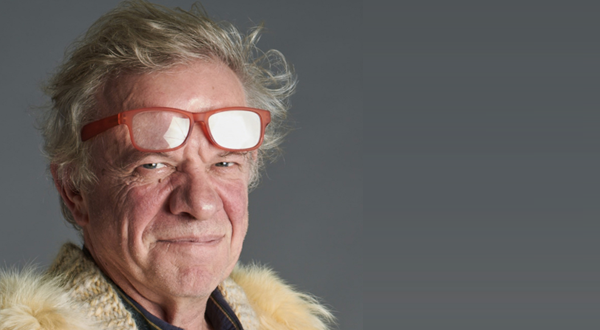
Roberto Gennari Feslikenian was born in Milan in 1955, after studying at the Brera Fine Arts Academy and later Architecture at the Milan Polytechnic University he began his career as a photographer.
His work is primarily centered around the areas of design, food, and architecture. Since 1985, he has worked continuously with MEMPHIS and POSTDESIGN and over the years has expanded his range of clientele to include important brands. He still works and lives in Milan.
Korean National Intangible Cultural Heritage No. 10 is Najeon-jang, mother-of-pearl inlay artisans. Born in Tongyeong, Korea in 1940, Bang-ung Song was a Najeon-jang who worked under the influence of his father, a master Najeon-chilgi (mother-of-pearl inlaid lacquerware) craftsman.
He works with mother-of-pearl from Tongyeong, which has the most beautiful colors in the world and he strived to publicize the status of Korean mother-of-pearl inlaid lacquerware to the world through works that combine traditional techniques and creative designs.
As a result, in 1990 he was designated as the National Intangible Cultural Heritage No. 54 Kkeuneumjil-jang (currently renamed No. 10 Najeon-jang), following his father, Ju-an Song. The Najeon technique, in which the mother-of-pearl is cut as thin as hair to express patterns or cut according to design, is a detailed work that requires a high degree of concentration. His technique has become an unrivaled standard for Korean mother-of-pearl lacquer machines and is being handed down to a younger generation.
